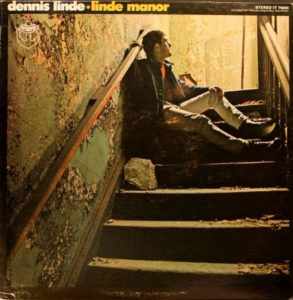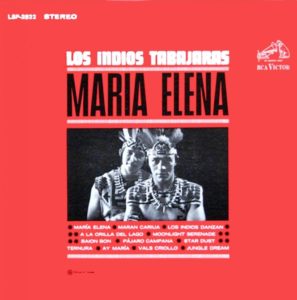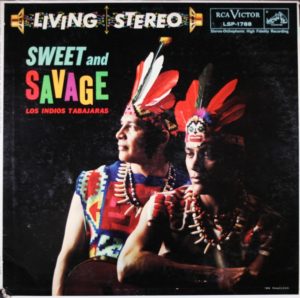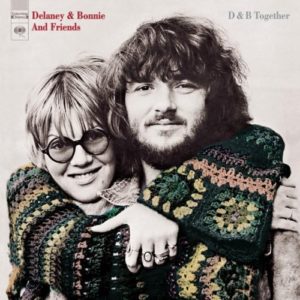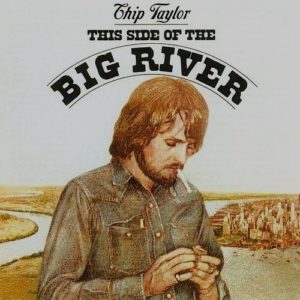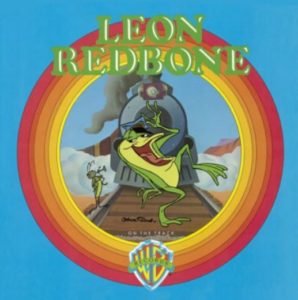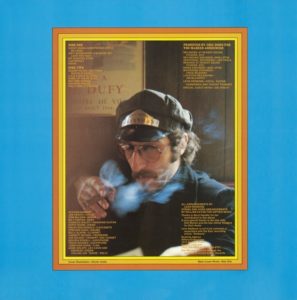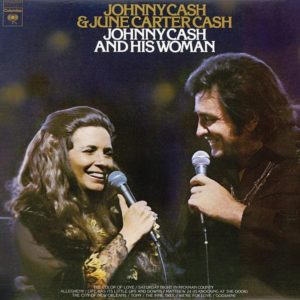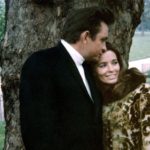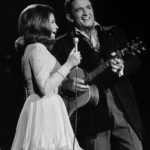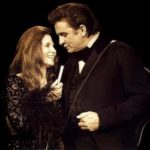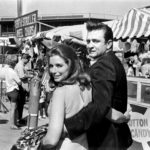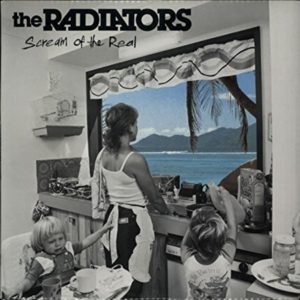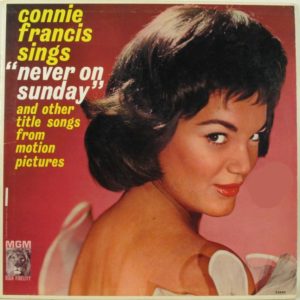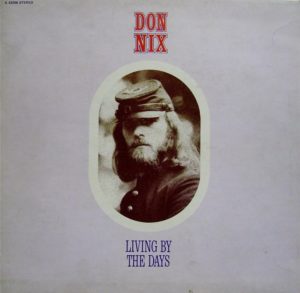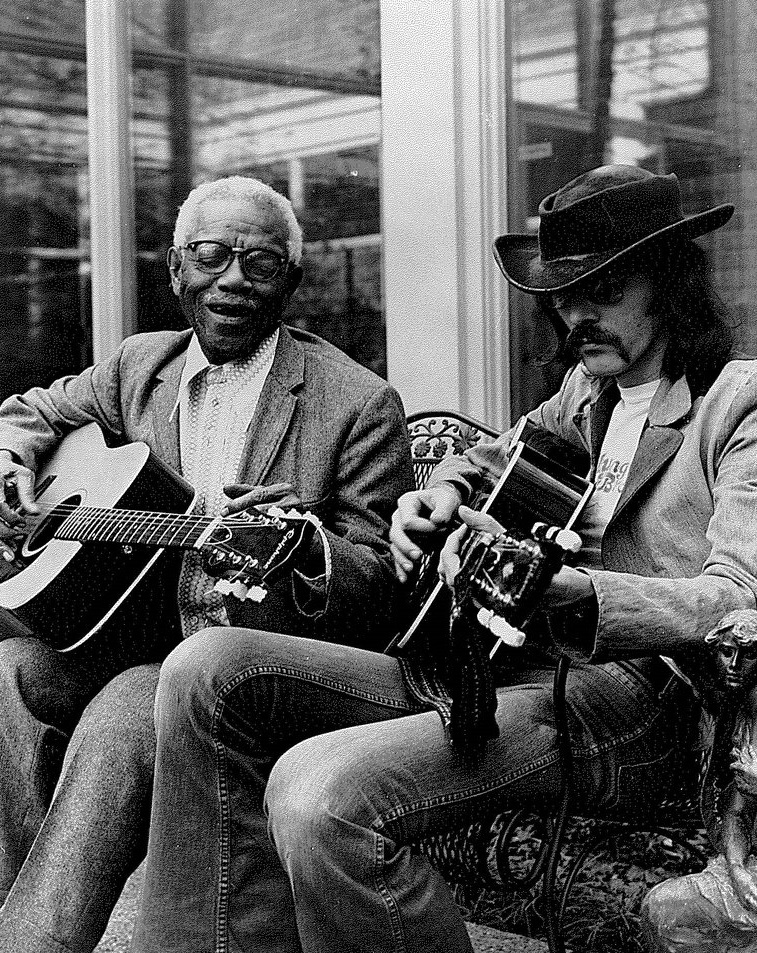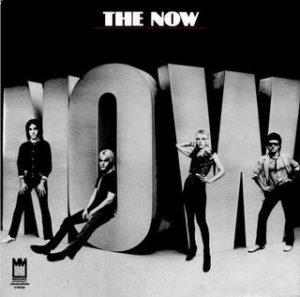Dennis Linde (March 18, 1943 – December 22, 2006) … "Songwriter Dennis Linde remained a fixture of the country charts for decades, penning blockbusters for everyone from Elvis Presley to the Dixie Chicks. Born March 18, 1943, in Abilene, TX, Linde spent much of his adolescence in St. Louis, first picking up the guitar at the age of 15. During the late '60s, he played in the St. Louis band the Starlighters, driving a dry-cleaning delivery truck by day. When speeding tickets cost him his license and his day job, Linde turned to songwriting, relocating to Nashville in 1969 to join the Combine Music staff (which also included Kris Kristofferson, Mickey Newbury, and Wanda Jackson). Linde scored his first major hit a year later when Roy Drusky cut his "Long Long Texas Road." He also signed a solo deal with Mercury's Intrepid imprint, issuing his debut effort, Linde Manor … In 1972, Elvis scored his final number one hit with "Burning Love," (actually it was a #2) launching Linde to the forefront of Nashville songwriters. The attention earned him a deal with Elektra, which released his self-titled sophomore record in 1973". http://www.allmusic.com/artist/dennis-linde-mn0000202466/biography
Anyone for covers?
In this current (post-Beatles) world of "writing and performing your own material" I'm sure Dennis Linde would have said …
God Bless Elvis Presley.
Elvis barely wrote a song (yes, he actually has a couple of co-writing credits where he actually did contribute to the writing of the song … having said that his take on music renders a lot of songs covered totally different to the originals but that is something off topic here) but he knew what he liked.
An album track on an Elvis album (given their volume of sales) is good eating money, but a Top 10 in the US that is the gift that keeps giving.
An Elvis had a #2 in the US (and a Top 10 in the UKL and elsewhere) with Dennis Linde's "Burning Love" in 1972 and he also recorded two more Linde compositions – 'For The Heart' and 'I Got A Feelin' In My Body' as album tracks (and B sides) in the 70s.
And, then, the songs are covered by others because Elvis did them … over 90 for "Burning Love" … the gift that keeps giving.
I'm sure a struggling country singer-songwriter would be happy with that.
Check out my other comment on this blog about Linde and how he fits into the country music scene.
The "fits into" is in italics because he is country but he was certainly quirky and incorporated many non-country sounds much like Billy Swan (who co-produces this album) and Mickey Newbury (who contributes some of the liner notes on this album).
This was Linde's first album.
And, despite the subject matter, there is very little 1970s about him. Being a Nashville resident he couldn't do the long hair thing (well not in 1970) and he isn't wearing flares or beads.
Rather, he comes across as college folk singer circa 1962.
But, don't judge a book by its cover.
This is orchestrated with late 60s excesses. This is quite experimental. This is peculiar. This is jarring if you are expecting a country or even country rock album.
This is rural psych folk singer-songwriter country rock.
Despite outward appearances it is still is country rock but it stretches the relationship between the two. It is as if country rock had incorporated the countrypolitan sounds of Nashville into it's nature rather than old time country.
Perhaps, it is mainstream rock music done by country musicians rather than country done by rock musicians like the majority of country rock. This may be splitting hairs but, because these guys are country, I suspect they don't need to or have to show they are faithful to the tradition of country.
Weird country?
Apart from Billy Swan and Mickey Newbury, Dan Penn, Levon Helm, Steve Young, Fred Neil, Jerry Jeff Walker, Lee Hazelwood, David Axelrod, John Hartford. Kris Kristofferson, Jimmy Webb, The Fifth Dimension can all be heard.
What a brew.
And the backing is great …Nashville studio men and women at their best including Bergen White, a great vocalist and arranger who doesn't supply any vocals here but does arrange (here, appropriately called the "floral arranger") and provide the "horn" .
All songs are written by Linde.
Tracks (best in italics)
Side One
- Linde Manor – Baroque Pop goes country. Wonderful. DJ Shadow sampled the title track on his 1996 trip-hop classic "Endtroducing".
- On The Run – a psych rocker
- I Don't Want Nobody 'Ceptin' You – a big sounding mid-tempo ballad much like the Hollies were doing around this time.
- Call Me Honey – good, at first it seems to lack distinction but the chug a lug beat (much like Creedence Clearwater) wins you over.
- Horned Toad – a hoot with shades of Tony Jow White. White southern funky soul..
- Rockin' Days – a homage to old time rock n roll (which was less than twenty years old) and not unlike similar material by producer Billy Swan in his solo work.
Side Two
- The Fat Of The Land – the narrator has wanderlust
- Kitty Starr – a beautiful singer-songwriter song with shades of Val Stecklein, Bob Lind and Tim Hardin. Wonderful.
- Mornin', Mornin' – a hoot of a song. Both gentle and lively.
- Preacher Jones – we are in Tony Joe White territory now though without the swamp funk overtones and more Bobbie Gentry or Jeannie C. Riley.
- Stormy Weather Girl – more of a traditional country song, or as traditional as Linde can get on this album with fiddle and country lyrics.
- Linde Manor Reprise – just like the title says … a reprise of the title song.
And …
A joy. A unrecognised classic … I'm keeping it.
Chart Action
Nothing nowhere
Sounds
Linde Manor
https://www.youtube.com/watch?v=x-25_5QzidE
On the Run
mp3 attached
I Don't Want Nobody 'Ceptin' You
https://www.youtube.com/watch?v=ZnquqICXbdM
Horned Toad
https://www.youtube.com/watch?v=zBtwXb82uvM
Kitty Starr
mp3 attached
Others
https://www.youtube.com/watch?v=B-x-LP4ZasY
Review
—
Bio
https://en.wikipedia.org/wiki/Dennis_Linde
http://www.allmusic.com/artist/dennis-linde-mn0000202466/biography
Obituaries
http://www.independent.co.uk/news/obituaries/dennis-linde-429897.html
http://www.spectropop.com/remembers/DennisLinde.htm
http://www.nucountry.com.au/articles/diary/december2006/301206_dennislinde_obit.htm
Website
—
Trivia
- Arranged By – Bergen White / Bass, Written-By – Dennis Linde / Cello – Buddy Spicher / Drums – Doodles Lancaster / Fiddle – Buddy Spicher / Guitar – Dennis Linde, Wayne Moss / Percussion – Farrell Morris / Piano, Organ – Jerry Smith / Producer – Billy Swan, Jerry Kennedy / Viola – Buddy Spicher / Vocals – Dennis Linde, The Swanettes
- The album was recorded at Wayne Moss’s Cinderella Sound studios in nashville which was, basically, Wayne Moss's garage. http://www.soundonsound.com/people/wayne-moss-cinderella-sound-nashville
- The album has all sorts of shenanigans in the liner notes but Mickey Newbury's praise is best, "Dennis Linde, born in Abilene, Texas, loves Southern Missouri. Music, his life. Looks like Omar Sharif without a mustache. Sense of humour, sits quietly by and does his thing, and it's great. Plays bass, guitar, piano, harmonica and sings what he writes. G.I. haircut and army boots, not because it's in, just because he happens to dig it. Humility, a rare thing in this "do your thing" world. Honesty, it sometimes hurts. God Bless Dennis Linde, he's real"
- Linde joined Bob Kuban and the In-Men, a group that enjoyed a 1966 pop hit, "The Cheater". He also was bass player for country rock band Jubal (check this blog out for them).

